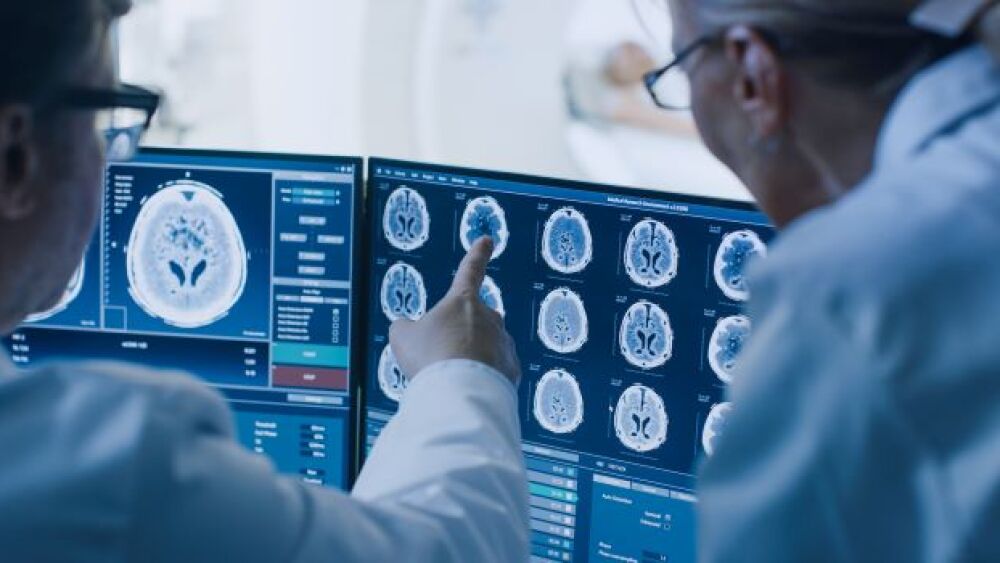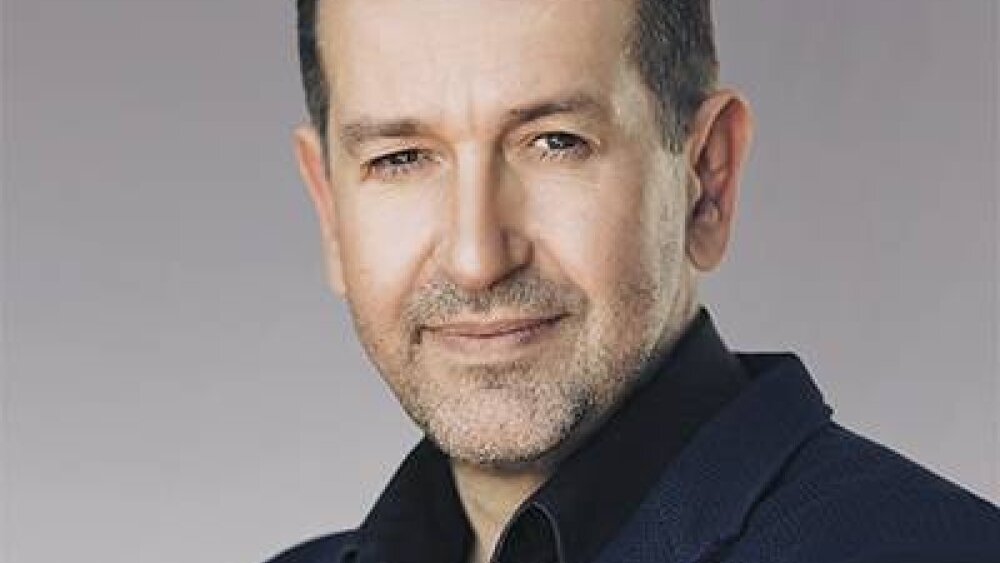BioSpace looked at some of the efforts to improve the host system’s immune response, as well as others to improve allogeneic or autologous cell transplants.
The need to overcome the challenges inherent with immuno-oncology is spawning a new range of therapies on multiple fronts, as evidenced by presentations at the American Association for Cancer Research (AACR) Annual Meeting, April 8-13. BioSpace looked at some of the efforts to improve the host system’s immune response, as well as others to improve allogeneic or autologous cell transplants.
While great strides have been made in immuno-oncology, checkpoint inhibitors are still only effective for about 30% of patients. Portage Biotech is working to increase that percentage by enhancing the process of immune priming.
As background, “Some tumor types – melanoma and lung tumors, for example – often have a pre-existing immune response,” Ian Walters, M.D., CEO of Portage Biotech, told BioSpace. “They’re the most mutated tumor types…and the body recognizes those mutations and tries to clear them. Sometimes the cancer adapts, and suppresses that immune response by expressing PD-1 on the tumor’s surface. When a patient takes a PD-1 antibody, it is unlocking the existing immune response.”
Many other tumor types, however, lack a pre-existing immune response. For them, Portage and Stimunity, one of Portage’s affiliate companies, are looking at immune priming using the stimulator of interferon genes (STING) pathway and PORT-5, a STING agonist licensed from the Curie Institute in Paris.
Unlike first-generation STING agonists that must be injected into the tumor, PORT-5 is administered systemically. In a late-breaking presentation at AACR, Portage and Stimunity outlined the use of virus-like particles (VLPs) – specifically, a deactivated HIV virus – as the delivery vehicle.
“In preclinical studies, mice administered our VLP formulated STING agonist live longer and we see about a 50-fold or greater increase in immune cell activation,” Walters said. Early work suggests PORT-5 is beneficial when combined with PD-1, but also when combined with treatments that disarm regulatory T (Treg) cells that normally prevent the immune system from attacking a tumor. Portage and Stimunity plan to begin a clinical trial for PORT-5 (STI-001) near the beginning of 2024.
In a separate presentation, SOTIO addressed the field of interleukin (IL)- 2 and IL-15 superagonists by developing SOT101 to stimulate and activate NK cells and cytotoxic T cells. These are both white blood cells that kill tumor cells. SOT101, an IL-15 superagonist, binds to NK and T cells with high affinity, stimulating them without stimulating other types of cells. SOT101 appears complementary and compatible with other therapeutic approaches, including checkpoint inhibitors and monoclonal antibodies.
“We just finished a Phase I trial. The highlight is that when we combine SOT101 with pembrolizumab, we see clinical responses in patients who have been progressing on checkpoint inhibitors, or who have not responded to checkpoint inhibitors,” Radek Spisek, CEO of SOTIO, told BioSpace. Of 16 patients in the trial, one with mesothelioma had a complete response. Four patients have had partial responses and one of those has had no signs of the tumor after a year of treatment.
Importantly, there has been no exhaustion of the stimulated cells. “The cells we stimulate remain viable and ready to respond to the maximum degree,” at subsequent treatments. Since most of those patients have failed on checkpoint inhibitor therapy, “We take this as a very positive sign,” he said. “In May we will start recruiting for a large Phase II basket trial in six different indications, where we will check for significant clinical efficacy signals.”
Other companies are working to enhance the efficiency of allogeneic or autologous cell transfers.
BlueSphere Bio, for example, is trying to improve the efficacy of allogeneic stem cell transplant (alloSCT) treatments for patients with hematologic malignancies and solid tumors using its T-cell receptor (TCR) discovery platform. That platform, TCXpress™, identifies TCRs that may be especially efficacious against some of the most challenging types of cancer.
“AlloSCT treatments are underutilized because of safety concerns, such as graft vs. host disease (GvHD),” David Apelian, M.D., Ph.D., CEO of BlueSphere told BioSpace. “Our approach is to engineer donor cells with specific receptors, so they attack leukemia and eradicate bone marrow cells that prevent engraftment. This approach should also diminish the GvHD effect. The other advantage of our approach is that we can use T cells from the healthy donor to make engineered T cells. It is challenging to isolate and engineer T cells from sick patients,” Apelian said.
In its AACR presentation, BlueSphere noted that TCXpress™ identified multiple novel TCRs from a single donor that were active against the minor histocompatibility antigen (miHA), HA-1, and that had a broad range of functional affinities. When re-expressed in primary CD8+ T cells, a high affinity TCR against HA-1 killed HA-1+ target cells with great specificity.
Because multiple affinities can arise from a natural immune response against a single allopeptide/HLA complex, the high throughput of the TCXpress™ platform technology enables the selection of optimal TCRs against a particular target antigen. “This TCR is the first of several that we’re building into a TCR panel that addresses multiple miHA targets to cover a broader population of alloSCT patients,” Apelian said. The goal is to develop a panel of antigen-targeting TCRs for off-the-shelf use in generating TCR T-cell therapies. To that end, the company is developing its capacity to discover additional relevant TCRs and develop therapeutic products.
Nurix Therapeutics is developing a method to enhance the function of autologous cell transfer, especially addressing T cell exhaustion. “With our drug-enhanced tumor-infiltrating lymphocytes (TIL) approach, we are using small molecules to reduce T cell exhaustion, increase T cell proliferation and enhance the cells’ persistence once they are inside the patient,” Arthur T. Sands, M.D., Ph.D., president & CEO of Nurix, told BioSpace.
“We developed a small molecule that inhibits the Casitas B-lineage lymphoma proto-oncogene B (CBL-B),” Sands said. That molecule, NX-0255, is used in the manufacturing of the DeTIL-0255 therapy, which is currently in Phase I clinical trials. NX-0255 enhances the function of autologous expanded T cells against solid tumors. “CBL-B normally down regulates T cells. By blocking this intracellular checkpoint, we take the brakes off the immune system.”
In animal models, these T cells have persisted more than 400 days. “They are persistent, responsive and can reject a tumor challenge,” Sands said. Patients are enrolling in the Phase I clinical trial evaluating DeTIL-0255 in patients with gynecologic malignancies now. The same T cell enhancing mechanism of action is being evaluated as an oral CBL-B inhibitor, known as NX-1607, which is in a Phase I trial for patients with advanced malignancies.
Nurix also presented data from its NX-2127 program at AACR. This therapeutic treats B-cell malignancies. Data showed its ability to degrade Bruton’s tyrosine kinase (BTK) as well as the immunomodulatory imide drug (IMiD) neosubstrates Aiolos and Ikaros. Specifically, NX-2127 down-regulated genes that are important in DNA replication and repair, as well as cell cycle progression in tumor cells. Also, it up-regulated CD1c expression in tumor cells, which suggests these tumor cells may be better recognized by T cells. Administration of NX-2127 led to complete tumor regression in the model of B-cell lymphoma.
“CBL-B is part of a class of E3 ligases (multiprotein complexes) that are challenging to develop as assays for drug discovery,” Sands said. “We built one of the first assays to screen small molecules against this target.”
These advances are part of the growing wave of new therapies that, in a few years’ time, have the potential to notably improve options and outcomes for cancer patients.








